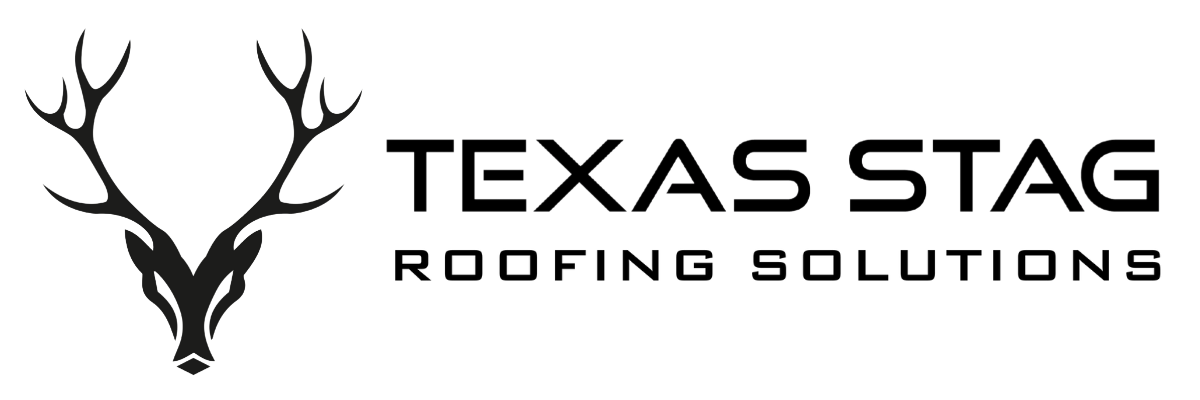Grasping the expenses tied to fixing a leaky roof requires examining the scope of the damage the materials involved, and where the property is situated. Small fixes have prices between $150 and $400. Bigger problems such as broken shingles will run you $400 to $1000.Major structural repairs can exceed $3,000. Budgeting involves evaluating labor, material costs, and potential unexpected expenses. Financing through home equity loans or contractor plans helps manage costs. Discovering additional tips and cost-saving strategies ensures financial preparedness for future repairs.
Key Takeaways
- Minor roof leak repairs typically cost between $150 and $400, depending on the extent of the damage and materials used.
- Moderate repairs, such as fixing damaged shingles or flashing, usually range from $400 to $1,000.
- Major repairs with significant structural damage can exceed $1,000 to $3,000, influenced by severity and roof type.
- Regular maintenance and early repairs prevent costly escalations, helping manage and reduce future repair expenses.
- Financing options include home equity loans and personal loans; evaluate terms and interest rates for budgeting.
Understanding the Causes of Roof Leaks
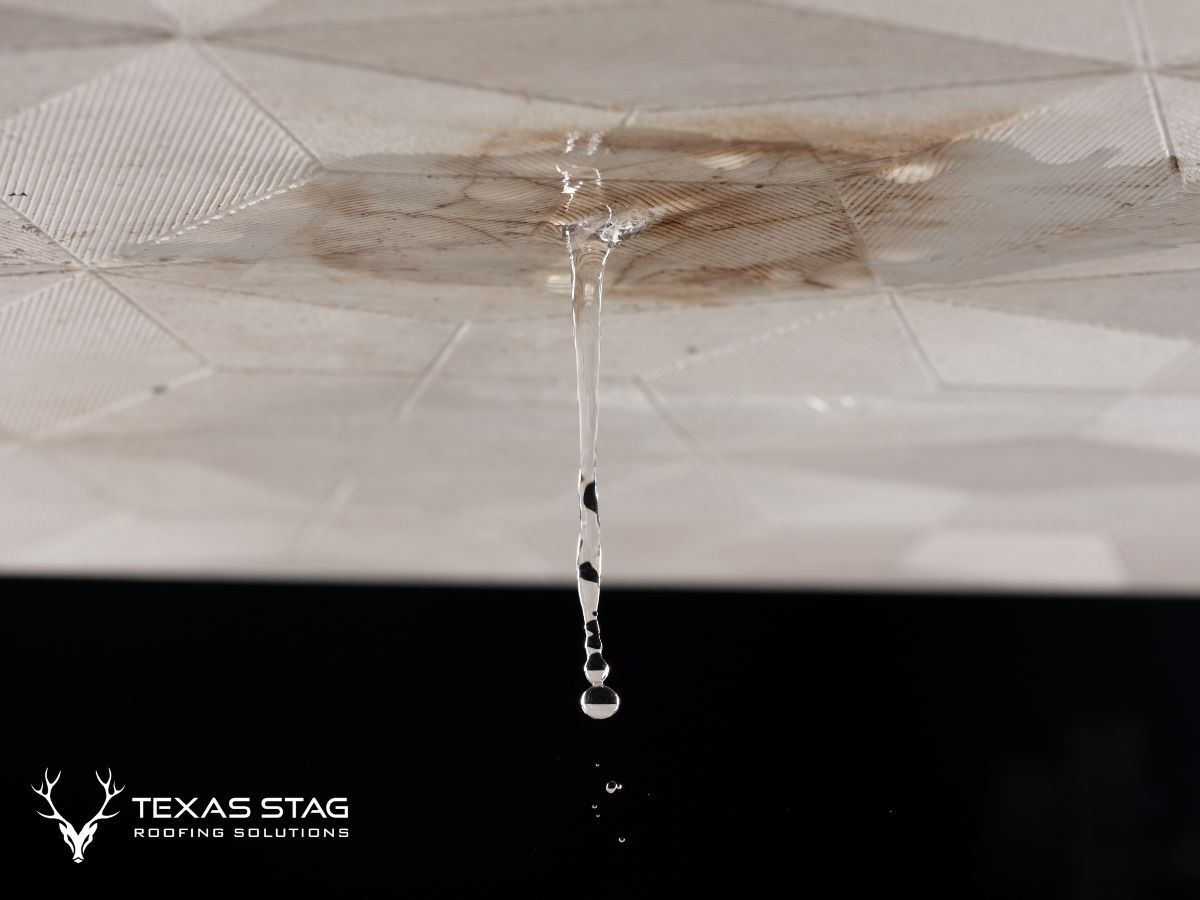
Roof leaks have different reasons every one affecting the building’s strength and how long it lasts. Understanding the causes of roof leaks is crucial for homeowners seeking to maintain and protect their investment.
A common cause of roof leaks is aging materials, such as shingles, which deteriorate over time due to constant exposure to harsh weather conditions. Additionally, poor installation practices can lead to faulty seals and improper alignment, allowing water to penetrate vulnerable areas.
Another prevalent cause involves debris accumulation in gutters, which prevents proper water drainage and leads to overflow onto the roof.
Furthermore, extreme weather events, including heavy rain, hail, or snow, can exacerbate existing vulnerabilities, leading to unexpected leaks.
Recognizing these common causes empowers homeowners to take preventative measures, such as regular maintenance and inspections, to reduce the likelihood of leaks and ensure the roof’s longevity.
Understanding these elements is essential for effective roof management.
Assessing the Extent of Roof Damage
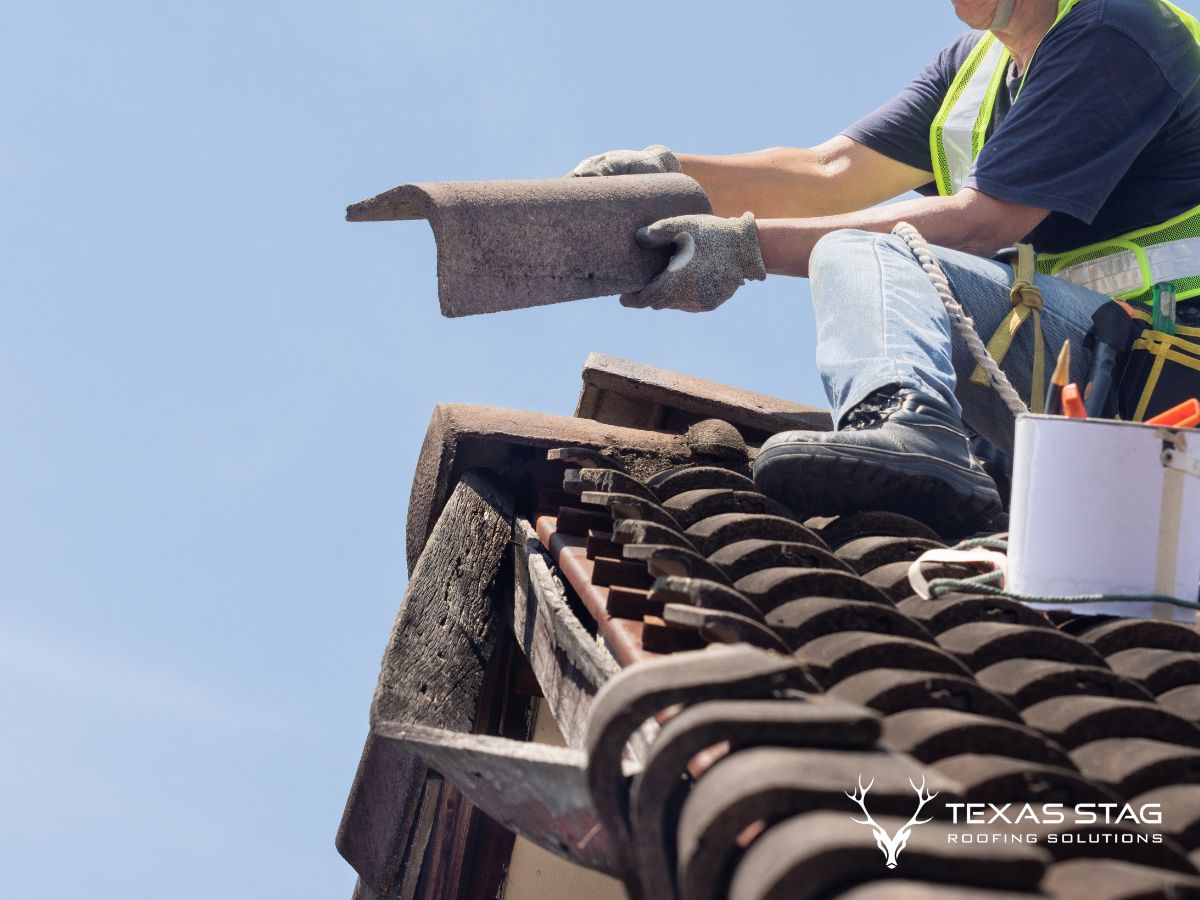
Before embarking on repairs, it is vital to accurately assess the extent of roof damage to determine the appropriate action needed. A thorough assessment not only helps in understanding the severity but also influences the overall cost of repairs. Homeowners must inspect for visible signs such as missing shingles, water stains, or sagging areas.
However, some damage might not be immediately apparent, necessitating professional evaluation. Professional roof inspectors employ specialized tools to identify underlying issues that could escalate the cost of repairs if left unchecked.
Factors such as roof age, materials, and recent weather events are also considered during the evaluation process. Proper assessment ensures that repair strategies are tailored to the specific damage, preventing unnecessary expenses.
Ultimately, a detailed understanding of the roof’s condition aids in budgeting accurately for repairs, allowing homeowners to allocate resources efficiently and avoid unexpected financial burdens.
Types of Roof Repair Solutions
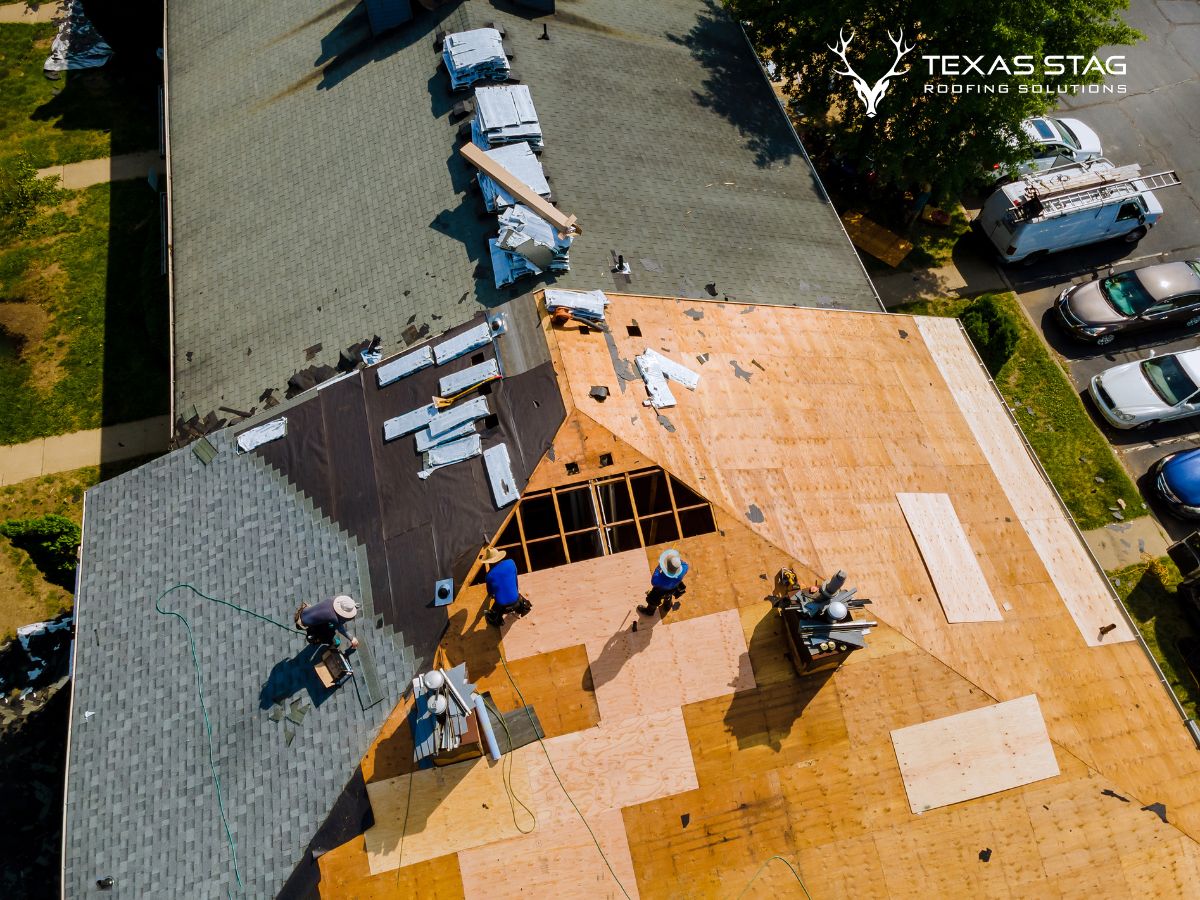
When addressing roof damage, homeowners have several repair solutions to consider, each tailored to specific issues.
For minor leaks, patching may suffice. This quick fix involves covering small holes or cracks, reducing immediate repair costs due but potentially requiring future interventions.
For more extensive damage, replacing damaged shingles or tiles might be necessary. This method targets specific areas without overhauling the entire roof, making it a cost-effective solution for localized roof leak repairs.
Flashing repair is another option, especially where leaks occur around chimneys or skylights. Ensuring these metal components are secure and intact helps prevent water infiltration.
In cases where the underlying roof structure is compromised, re-roofing might be the only solution. This involves adding a new layer of shingles over the existing ones, offering a fresh layer of protection while potentially increasing repair costs due.
Each solution addresses specific problems, allowing homeowners to choose based on their roof’s condition.
Factors Affecting Roof Repair Costs
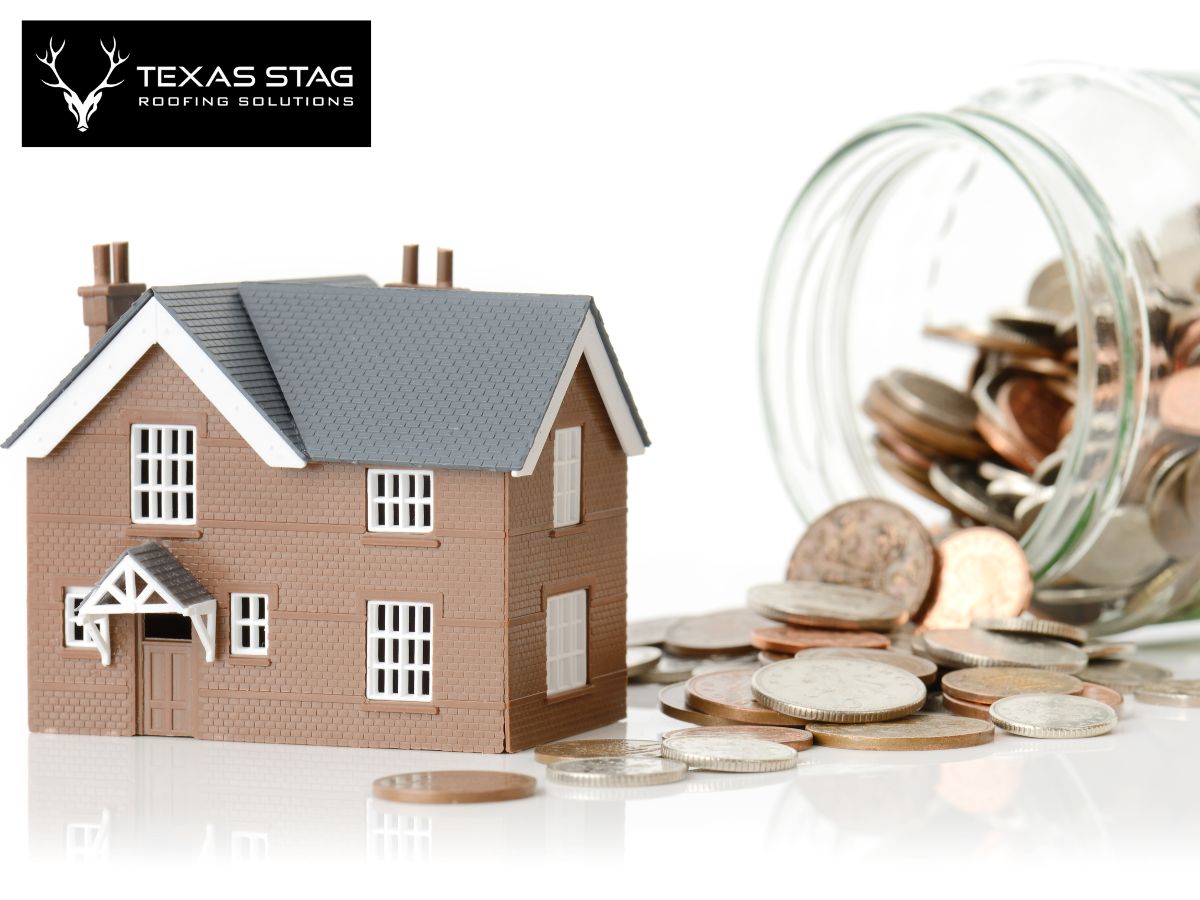
Several elements influence the cost of repairing a roof leak, determining the overall expense homeowners might face.
One primary factor that influences roof repair costs is the type of roofing material involved; asphalt shingles tend to be less expensive to repair compared to slate or tile.
The extent of damage also plays a crucial role; minor leaks might require simple patchwork, while more severe damage could necessitate extensive repairs, increasing overall costs.
Geographic location is another significant factor, as labor and material prices can vary widely across regions.
Additionally, the roof’s accessibility can impact repair costs; steep or multi-story roofs might involve higher labor charges due to the increased difficulty and risk.
Finally, the timing of repairs can affect expenses. Emergency repairs, often needed to prevent further damage, may come at a premium price compared to scheduled maintenance, further contributing to the variability in roof leak repair costs.
Average Cost Estimates for Common Repairs
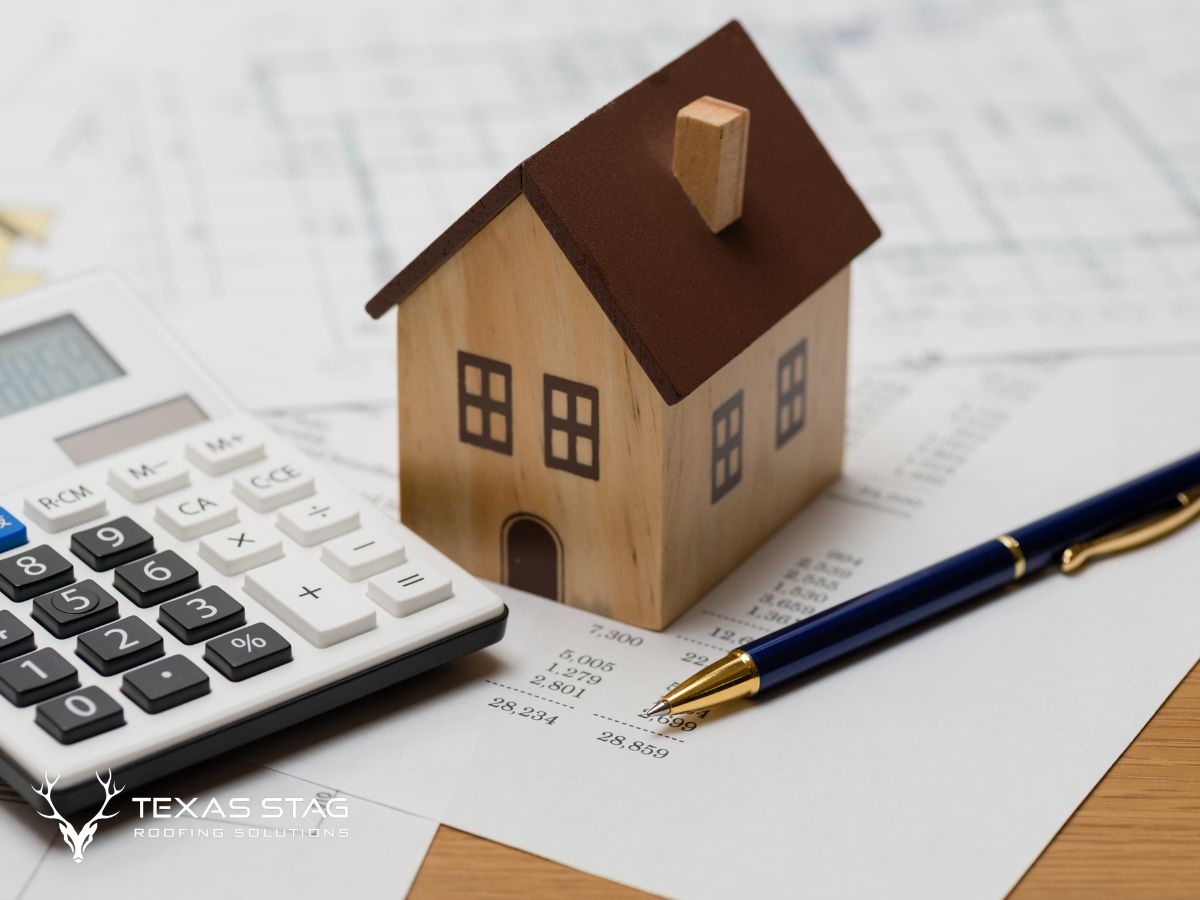
Understanding the average cost estimates for common roof leak repairs can help homeowners budget effectively for potential issues.
Typically, the roof repair cost varies depending on the type of damage and materials required. Minor repairs, such as fixing a small leak, often fall between $150 and $400. This range reflects the average cost to repair simple issues that do not require extensive labor or materials.
For moderate repairs, such as addressing damaged shingles or minor flashing issues, the cost generally ranges from $400 to $1,000. These repairs involve more intensive work and may require additional materials, thereby increasing the overall cost.
Major repairs, which might include significant structural damage or replacing large sections of the roof, can cost $1,000 to $3,000 or more.
Understanding these averages allows homeowners to anticipate expenses and allocate funds wisely, ensuring they are prepared when roof repairs become necessary.
DIY vs. Professional Roof Repair
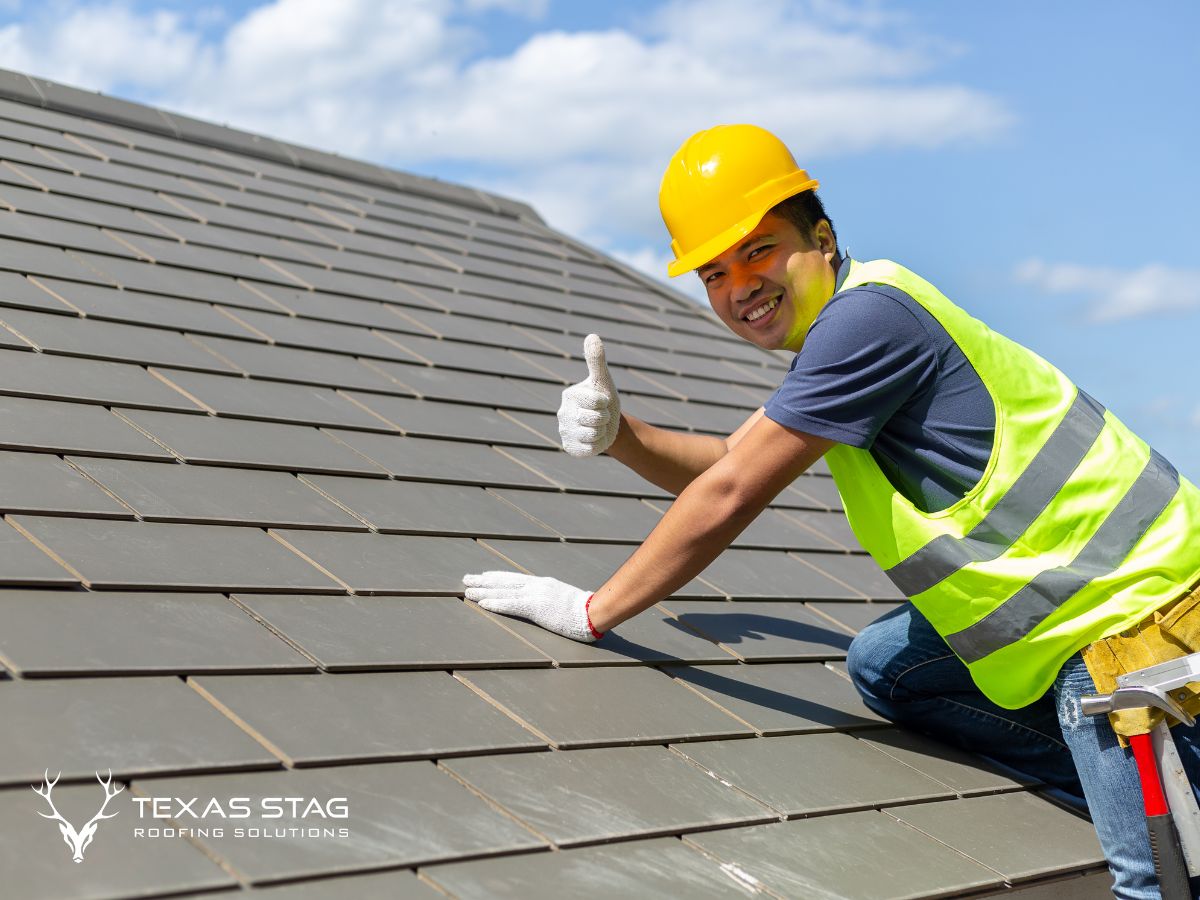
Why do some homeowners consider tackling roof repairs themselves instead of hiring professionals? The allure of saving money and gaining a sense of accomplishment can be tempting.
Some repairs, like replacing a few shingles or sealing minor leaks, are diy-friendly roof repair tasks that might be manageable for those with basic skills and tools. However, not all roof issues are suitable for amateur efforts.
- Complexity: Professional roof repair ensures that intricate problems, such as structural damage, are correctly diagnosed and fixed.
- Safety: Climbing onto roofs involves risks; professionals have the training and equipment to do so safely.
- Longevity: Repairs by experts often come with warranties, offering peace of mind regarding the repair’s durability.
While diy-friendly roof repair tasks can be appealing, the expertise of professional roof repair services often justifies the investment, ensuring high-quality, long-lasting solutions that can prevent further issues down the line.
Selecting the Right Roofing Contractor

Choosing the right roofing contractor is crucial to ensuring a successful repair or installation project. To make an informed decision, homeowners should begin by researching local options and seeking recommendations from friends or neighbors.
A professional roofing contractor should be licensed, insured, and have a proven track record of quality work. Verifying these credentials can prevent future issues and ensure that the contractor adheres to industry standards.
In addition, understanding roof leak repair cost is essential when selecting a contractor. Homeowners should obtain multiple quotes to compare prices and services offered. Transparent pricing and a detailed breakdown of costs help prevent unexpected expenses.
It’s wise to ask potential contractors about their experience in handling similar repairs and to request references from past clients. By thoroughly evaluating these factors, homeowners can select a contractor who provides both reliable service and a fair roof leak repair cost, thus safeguarding their investment.
Cost-Saving Tips for Roof Leak Repairs

After selecting a trustworthy roofing contractor, homeowners can implement several strategies to manage roof leak repair costs effectively.
One approach is to address issues promptly. Minor roof repairs, when tackled early, can prevent the escalation of damage, saving money in the long run.
Regular inspections are crucial to identify potential problems before they worsen. Additionally, sourcing materials wisely can significantly impact the cost of roof repair. Homeowners might consider purchasing materials themselves to take advantage of discounts or sales.
- Conduct regular maintenance: Regular inspections catch minor issues before they become major problems.
- Purchase materials independently: This can sometimes lead to cost savings due to personal discounts.
- Promptly address leaks: Early repairs prevent further deterioration and higher expenses.
Financing Options for Roof Repairs

When facing the unexpected expense of roof repairs, homeowners often benefit from exploring various financing options to ease the financial burden.
One option is a home equity loan or line of credit, which allows homeowners to borrow against their property’s value. This can be advantageous when repair costs are significant, offering potentially lower interest rates compared to personal loans or credit cards.
Another viable option is a personal loan, available through banks or online lenders. These loans are generally unsecured, meaning no collateral is required, but they may come with higher interest rates. Homeowners should carefully evaluate these rates and terms to ensure the loan aligns with their budgetary needs.
Some roofing contractors also offer financing plans directly, allowing for manageable monthly payments. This can be particularly helpful when immediate roof repairs are necessary but funds are limited.
Exploring these diverse financing avenues can provide homeowners with the flexibility needed to address roof repair expenses effectively.
Preventative Measures to Avoid Future Leaks
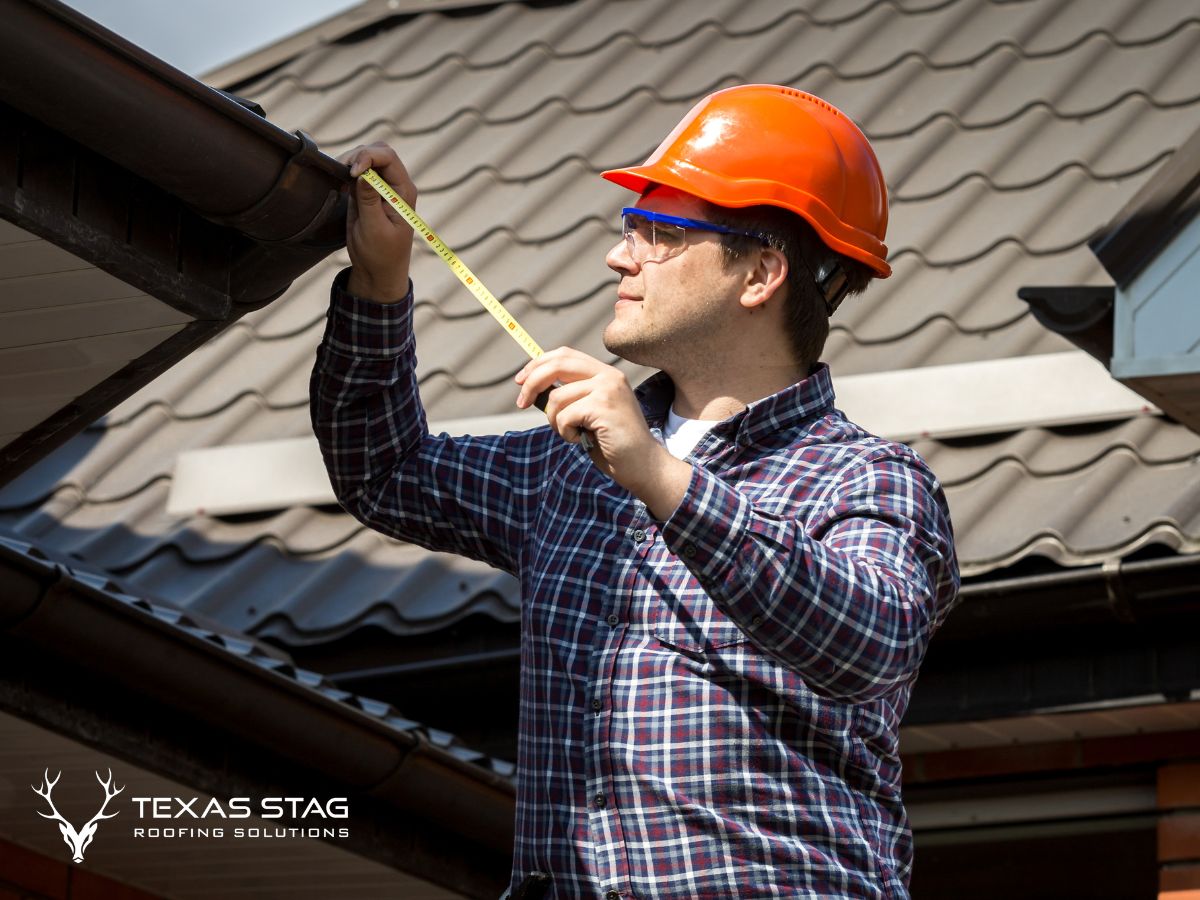
Proactively addressing potential vulnerabilities can significantly reduce the likelihood of future roof leaks. Implementing regular preventative measures can extend the lifespan of a roof and preserve its integrity.
Conducting a thorough roof inspection is essential for identifying potential issues before they escalate into costly repairs. During inspections, homeowners should focus on:
- Debris removal: Clearing leaves and branches can prevent water pooling and damage.
- Checking for damage: Identifying and repairing cracked or missing shingles can prevent water intrusion.
- Gutter maintenance: Ensuring gutters are free of blockages allows proper water drainage away from the roof.
These routine checks help in maintaining a robust roofing system.
Additionally, inspecting the attic for signs of moisture or mold can provide early indicators of leaks. By understanding and implementing these preventative measures, homeowners can safeguard their investment and avoid the inconvenience and expense of unexpected roof repairs.
Regular maintenance is key to preventing future issues.
Final Thoughts
Understanding roof leak repair costs and planning accordingly can help homeowners avoid unexpected financial strain. By assessing damage early, choosing the right repair solution, and working with a reputable contractor, repairs can be managed efficiently and cost-effectively. Exploring financing options and implementing preventative maintenance further ensures long-term roof health and reduced expenses. Taking a proactive approach not only safeguards your home but also extends the lifespan of your roof, making repairs a manageable and informed investment.
